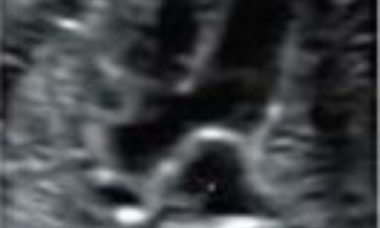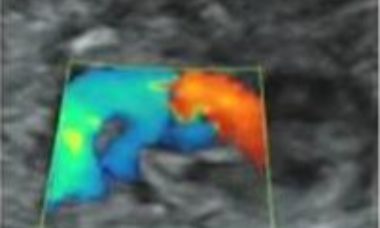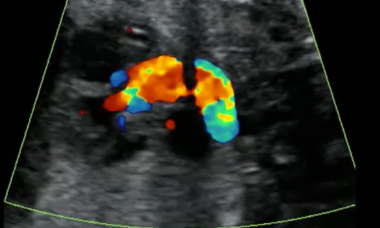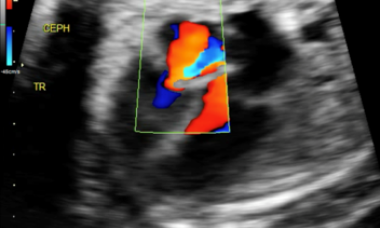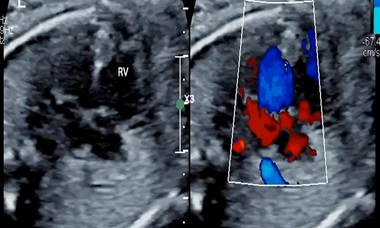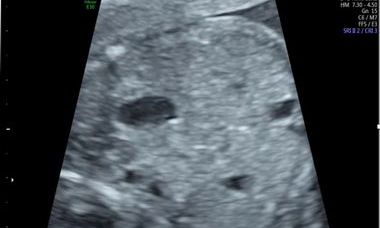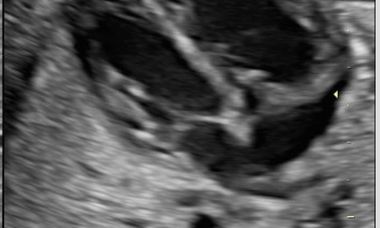Explore chapters on aortic stenosis, common arterial trunk, fallots & variants, TGA, c-TGA, and pulmonary stenosis.
Fallot and Variants
Explore chapters on Tetralogy of Fallot, Pulmonary atresia with ventricular septal defect and Absent pulmonary valve syndrome.
Common Arterial Trunk
Common arterial trunk (CAT) is characterized by a single arterial trunk that arises from the base of the heart and gives origin to the systemic, coronary and pulmonary circulation. A large ventricular septal defect (VSD) is almost always present.
Aortic Stenosis
Aortic Stenosis (AS) is the narrowing of the aortic valve opening, causing a variable degree of left outflow tract obstruction. The underlying pathophysiology is left outflow tract obstruction. The degree of obstruction varies from mild to severe, from an asymptomatic bicuspid valve to critical obstruction.
Pulmonary Stenosis
Pulmonary stenosis is congenital heart abnormality characterized by obstruction of blood flow to the pulmonary artery.
Double Outlet Right Ventricle
Double outlet right ventricle (DORV) is a complex congenital cardiac malformation, in which both the pulmonary artery and aorta arise predominantly from the right ventricle.
Corrected Transposition of the Great Arteries (c-TGA)
Congenitally corrected transposition of the great arteries (c-TGA) is a complex and rare cardiac anomaly characterized by atrioventricular and ventriculoarterial discordance. About 15% of these cases are isolated, but about 85% of them are associated with other cardiac anomalies.
Transposition of the Great Arteries
Transposition of the Great Arteries (TGA) is a conotruncal malformation which the aorta arises from the right ventricle and the pulmonary artery arises from the left ventricle.

